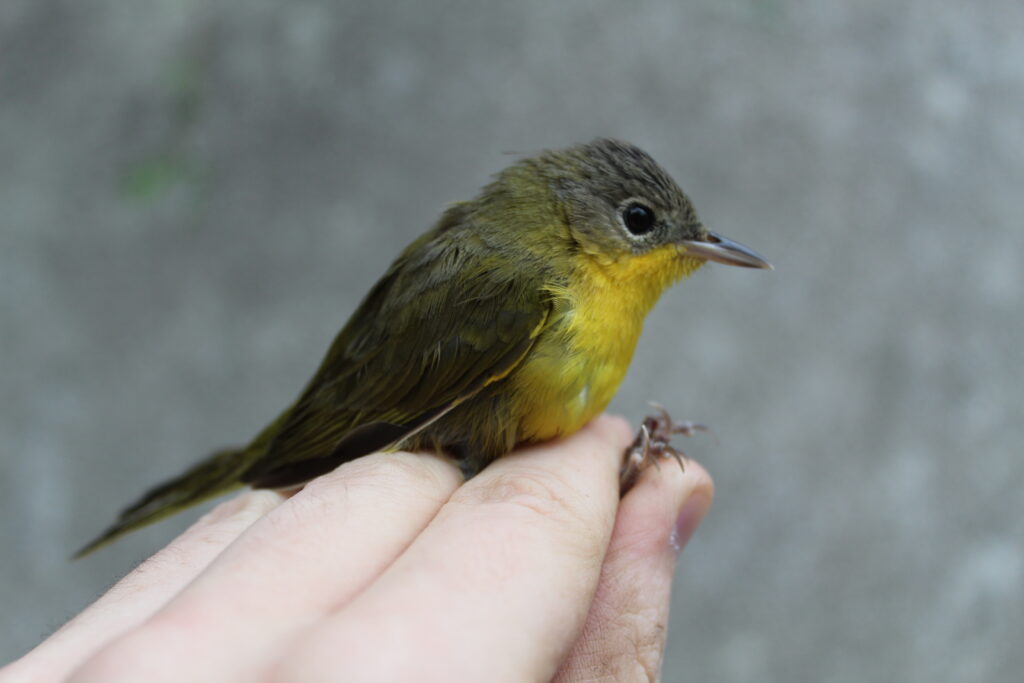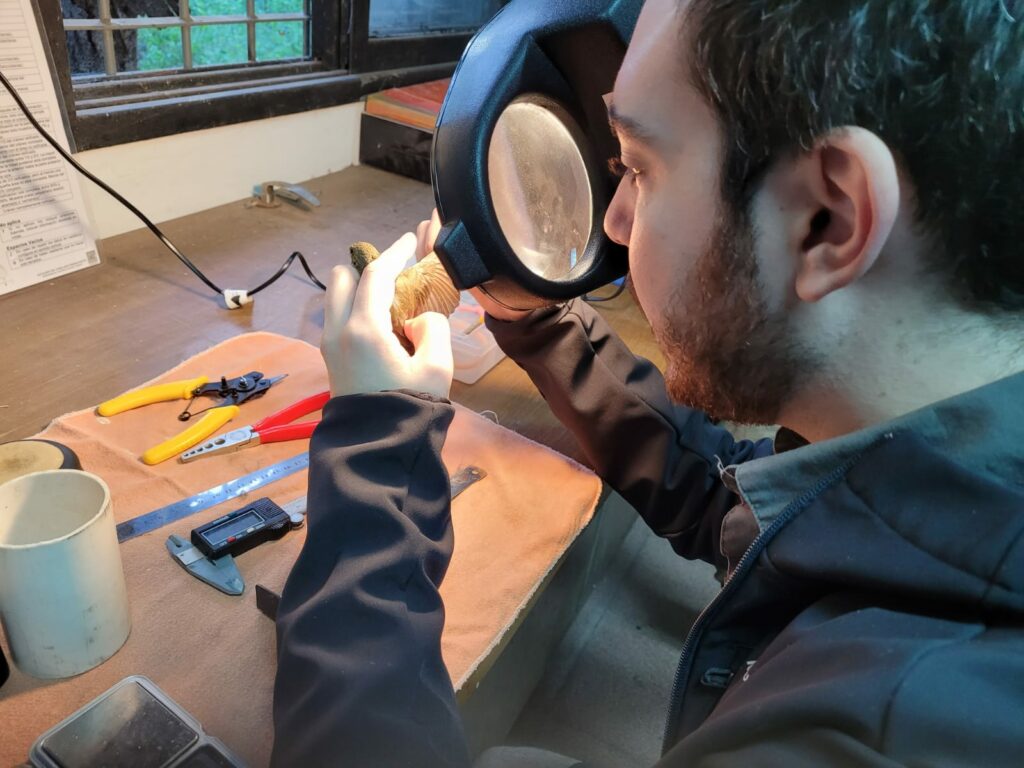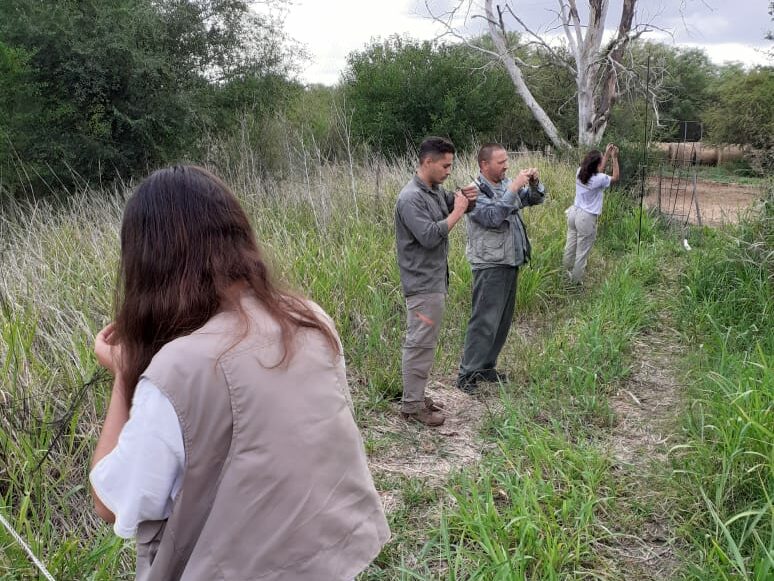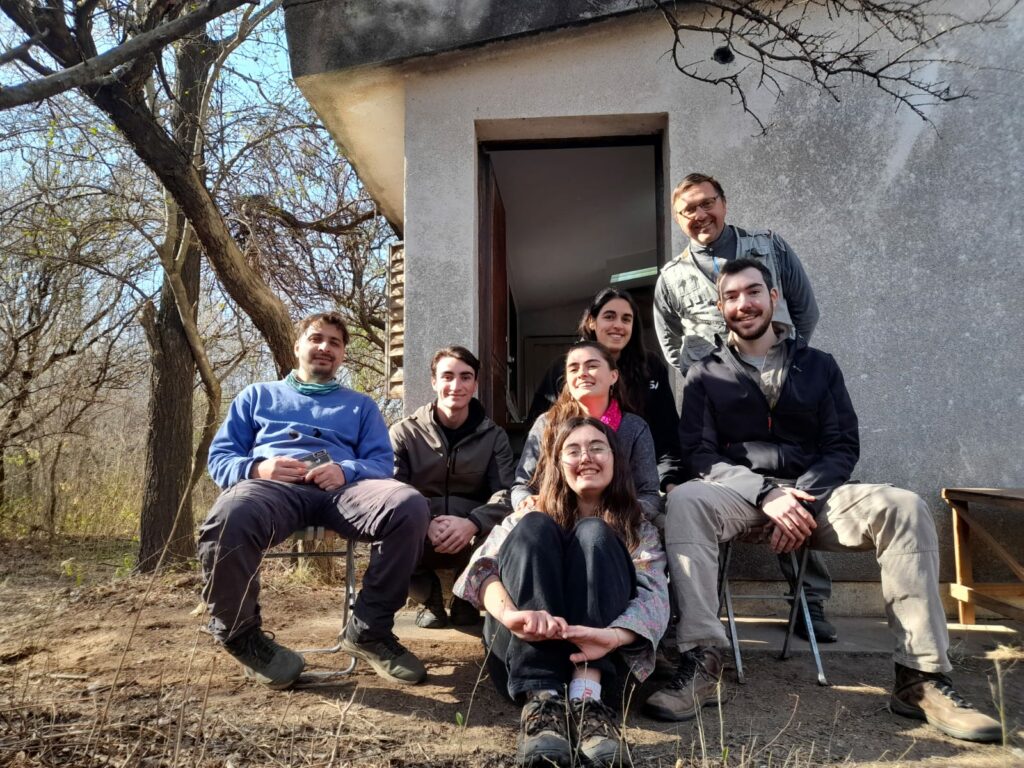Scientific bird banding has been paramount for the development of ornithological research. In North America and Europe, the implementation of this standardized methodology in longstanding monitoring efforts (constant-effort bird banding stations) has provided deep insights into basic life-history aspects of bird species. In contrast, the southern region of the Neotropics historically lacked such efforts. This has delayed the progress of population monitoring programs. However, in the last decades, there has been an increase in efforts dedicated to addressing this knowledge gap.
Some of the main aspects to analyze when bird banding are plumages and molt patterns. This is because birds can be aged by examining their plumages and molt patterns. Moreover, knowledge about molt patterns yields profound insights into the natural history of birds and ecological dynamics. These insights facilitate effective bird monitoring programs, improving our capacity to contribute to well-informed conservation strategies for natural bird populations.


Taken together, the absence of long-term bird banding efforts, and the lack of basic knowledge regarding plumage, and molt patterns were the reasons that motivated us to develop our research. In short, we analyzed the timing, duration, and extent of molt patterns for 10 bird species in central Argentina, and established sex and age determination criteria based on molt patterns and morphometric measurements. The species we analyzed were: Picui Ground Dove (Columbina picui), Small-billed Elaenia (Eleania parvirostris), White-crested Elaenia (Elaenia albiceps), Bran-colored Flycatcher (Myiophobus fasciatus), House Wren (Troglodytes aedon), Rufous-bellied Thrush (Turdus rufiventris), Creamy-bellied Thrush (Turdus amaurochalinus), Rufous-collared Sparrow (Zonotrichia capensis), Southern Yellowthroat (Geothlypis velata), and the Double-collared Seedeater (Sporophila caerulescens).
We found that in the nine species we analyzed, it’s possible to identify first-year individuals just by looking at their plumage! This is because after leaving their nest and within their first year, they undergo a molt (called preformative molt) and develop a plumage (called formative), but they don’t entirely replace all their juvenile feathers. This formative plumage resembles the adult plumage in appearance, but it can be easily identified due to the presence of the unreplaced worn juvenile feathers (the ones they left their nests with). That is not the case for C. picui, where all feathers are replaced during the preformative molt.
We were able to confirm the center of Argentina as the molting grounds for nine species, except for the austral migrant E. albiceps. Molting seasons, the time of the year when molt occurs, were variable across species. However, eight species showed temporally restricted molting seasons toward the end of their reproductive season. Such seasonal pattern is common among passerines at temperate latitudes. As for the morphometric measurements, the males of C. picui, E. parvirostris, M. fasciatus, Z. capensis, G. velata, and S. caerulescens had significantly longer wing chord than females, but the ranks for those measurements overlapped, meaning that they are not entirely reliable as sexing criteria.
A quick mention to all the volunteers who helped develop this article. The project would not have been possible without your contributions. A cool unmentioned aspect of this research is the highly collaborative and educational environment that bird banding stations are. We worked side by side with passionate and enthusiastic volunteers (with different backgrounds and experiences) who pushed us to improve the quality of our work.


We believe that the patterns we described will facilitate aging and sexing birds in the field, and therefore, will enhance bird monitoring programs and surveys. We also hope to encourage other long-term initiatives of banding stations and monitoring programs, as well as molt pattern-oriented studies in southern South America. And lastly, we are open to forming new collaborations both nationally and internationally with other long-term bird banding and monitoring efforts.
Martín E. Pérez
Departamento de Ciencias Naturales,
Facultad de Ciencias Exactas, Físico-Químicas y Naturales,
Universidad Nacional de Río Cuarto
The results of this study were recently published in the Journal of Field Ornithology:
Pérez, M. E., and P. G. Brandolin. 2024. Molt patterns, aging, and sexing criteria for ten temperate Neotropic bird species: an important resource for bird monitoring programs. Journal of Field Ornithology 95(3):9. https://doi.org/10.5751/JFO-00527-950309.
Header photo: White-crested Elaenia (Elaenia albiceps) by Victor Suarez Naranjo | Getty Images.
